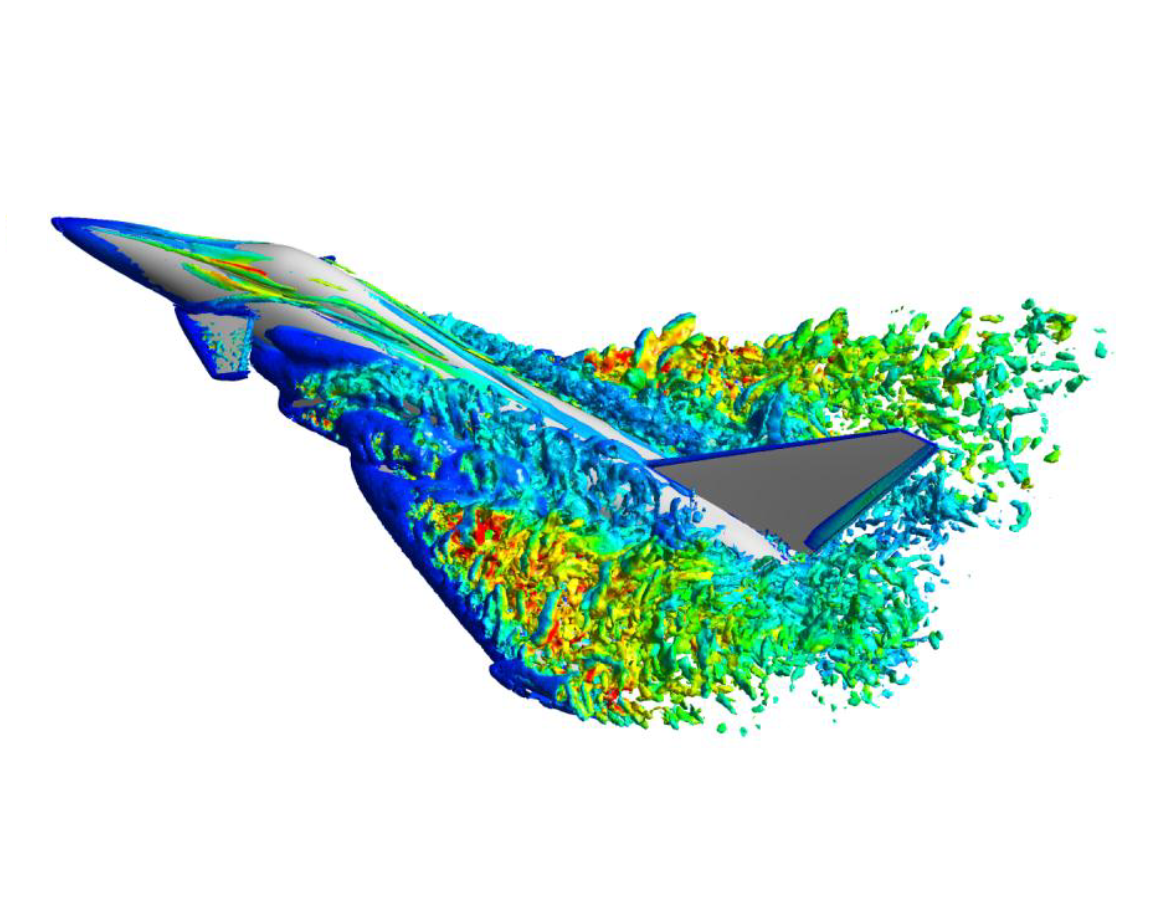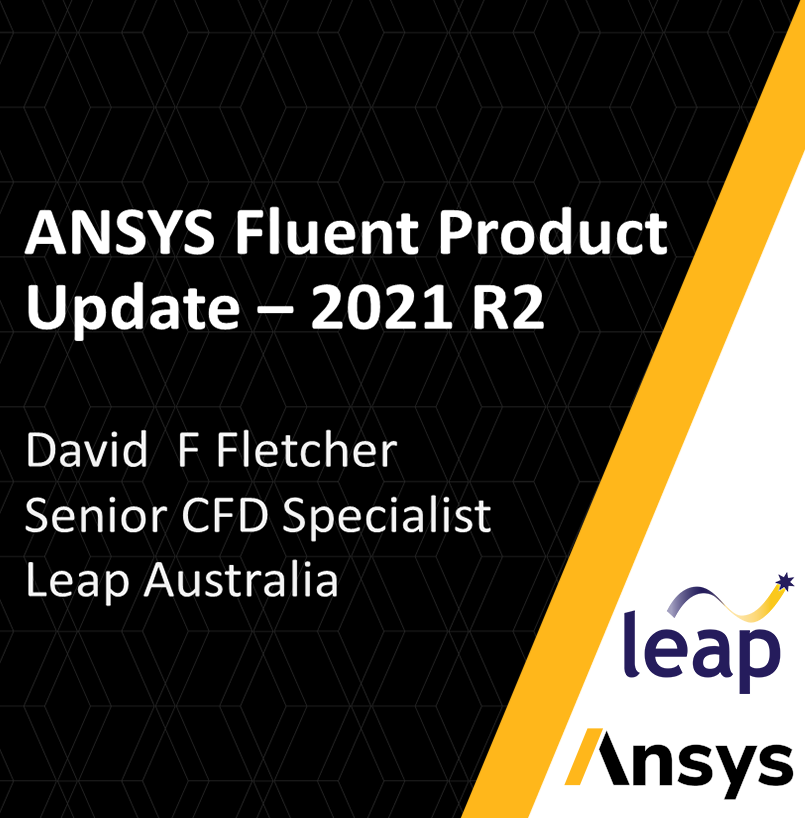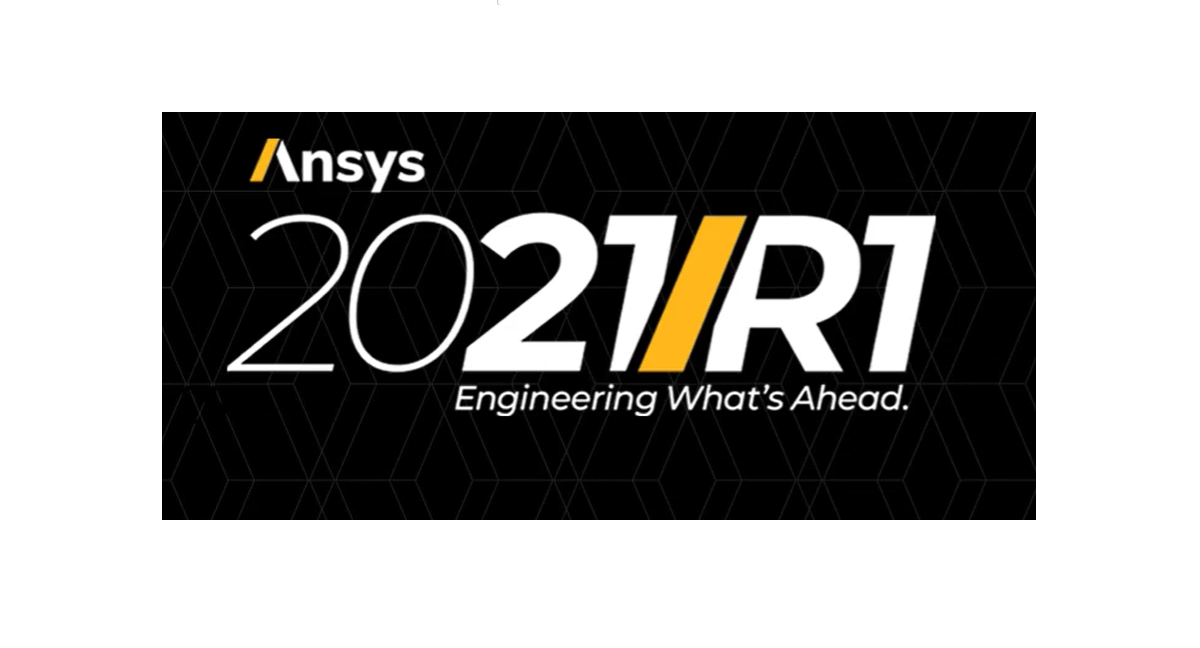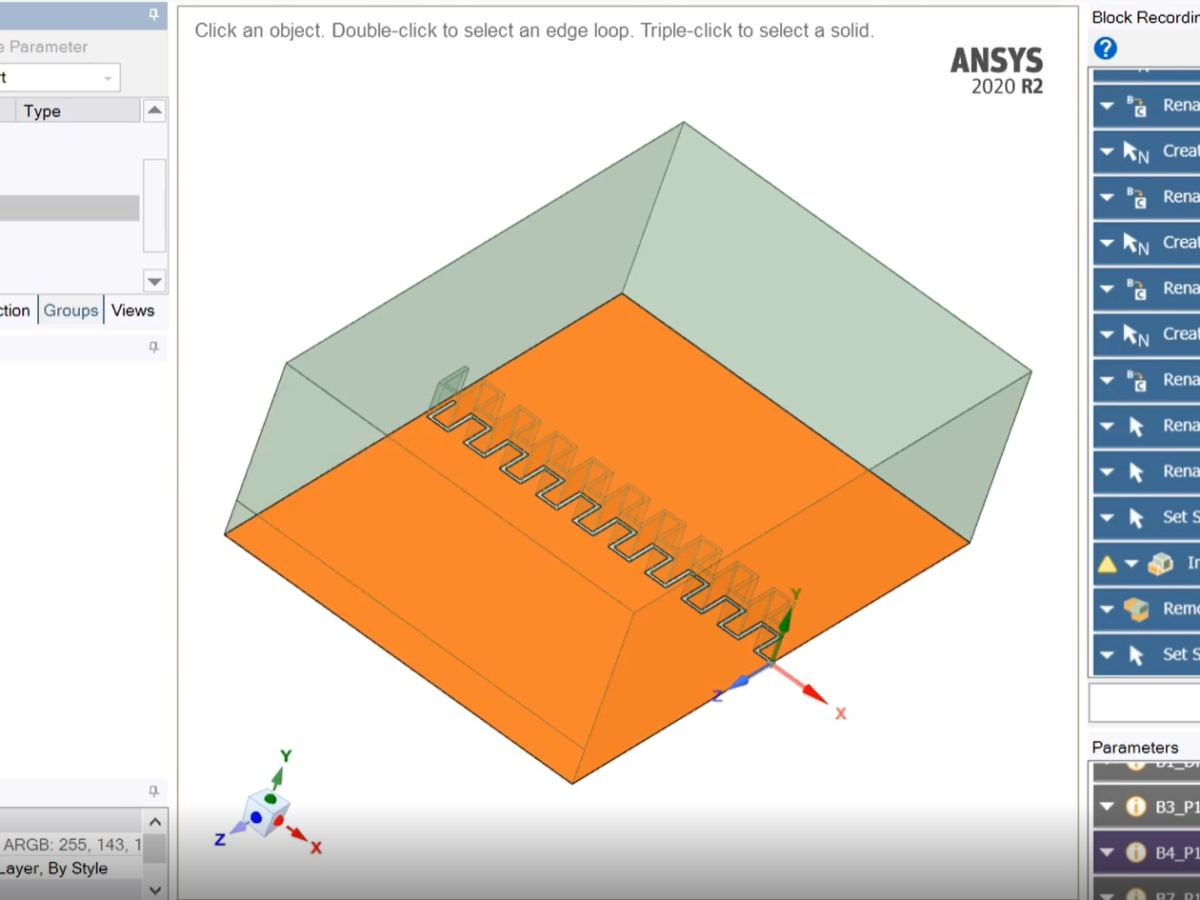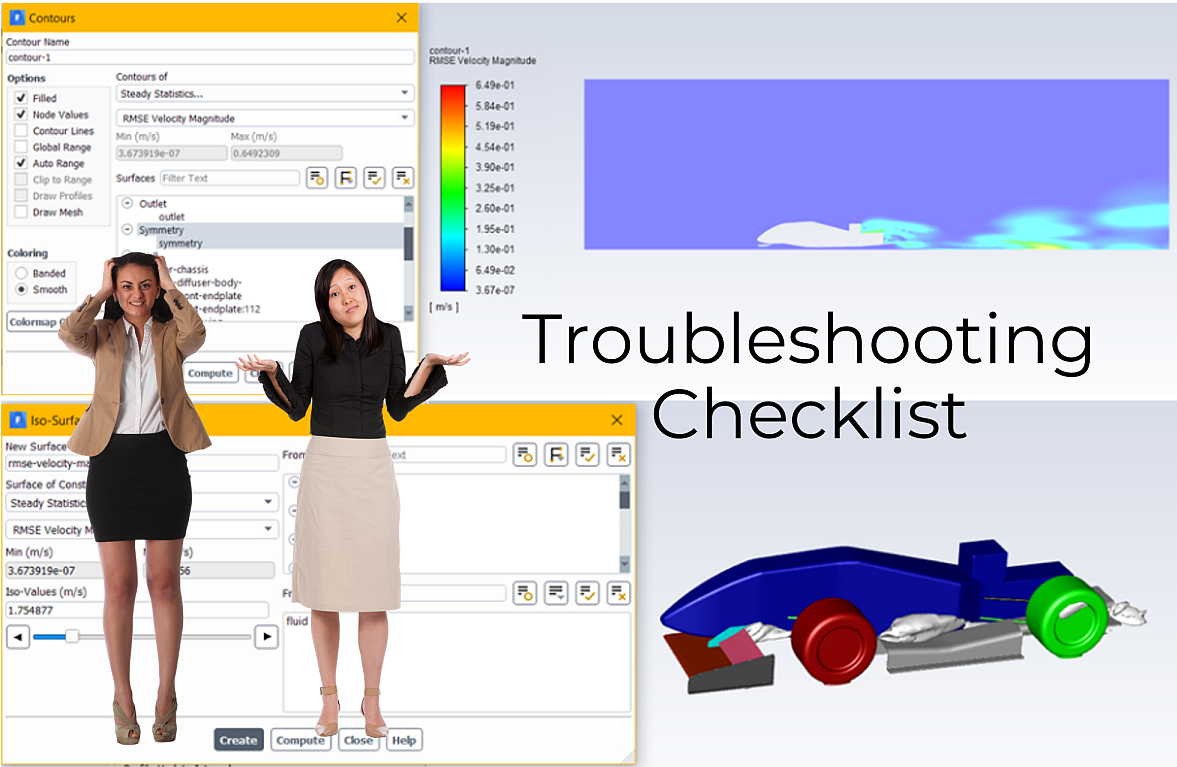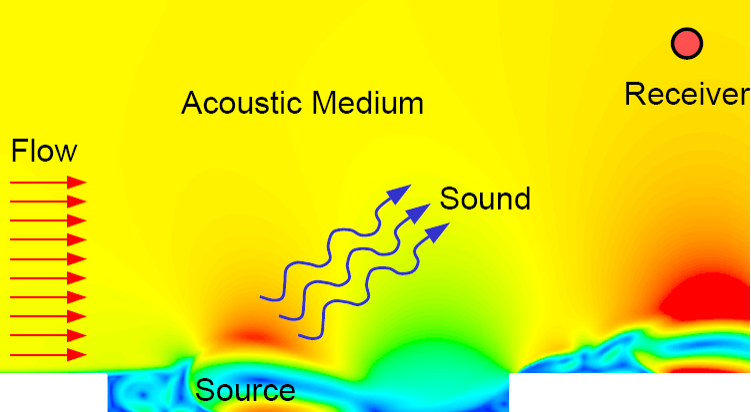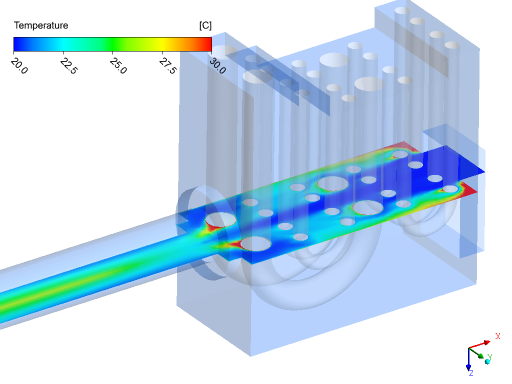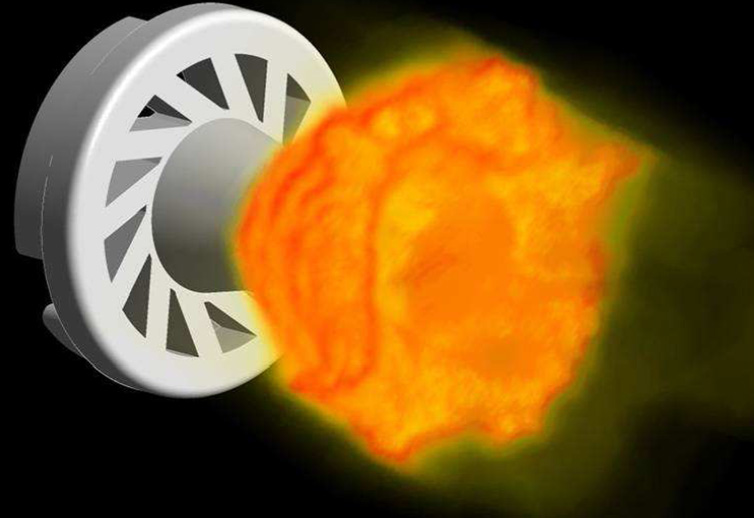Guest Blog explaining the significance of the new Stress-Blended Eddy Simulation (SBES) turbulence approach which makes use of the best available models for both near-wall and far field accuracy, within one single scale-resolving CFD simulation, including a recording of highlights from our recent webinar.
Highlights from a recent webinar by LEAP’s expert simulation team covering the most significant updates in Ansys for educators and academic researchers in ANZ - with a focus on Fluids, Structures and Electromagnetics across the last 2-3 years.
Prof. David Fletcher guides us through the key new features of interest in Ansys 2021 R2 for CFD, including some important new usability enhancements. This blog contains a series of short summaries with content tailored to particular physics / applications / topics of interest.
Ansys 2021 R1 brings a multitude of new advances and usability enhancements. - here we provide a series of short highlight summaries with content tailored to particular physics / applications / topics of interest.
How can CAE users make the most of the new scripting capabilities available in SpaceClaim 2020R2 to help efficiently automate the generation of new geometry designs? We look at how to create design templates that can automatically generate different designs, simply by modifying a few key parameters.
For the times when your CFD simulation is diverging or not behaving as expected, we offer a helpful checklist to systematically troubleshoot what is going wrong and successfully tackle the most challenging CFD problems.
Flow-generated noise can have significantly adverse effects on our everyday lives. Product designers and engineers at the world’s most innovative and successful companies have recognised this fact, and are increasingly using CFD to incorporate noise mitigation strategies into their product design process.
With gas prices predicted to skyrocket in the next few years, an opportunity exists for engineers and designers of gas-fired appliances at smart manufacturers to use CFD to gain an edge in the competitive Australian market.
Combustion technology underpins almost every facet of our modern life, from electricity generation to industrial heaters/furnaces through to automotive engines. Increasing social and economic pressure to minimise energy use and reduce pollution is driving the use of CFD to improve the efficiency of combustion processes.
Budding F1 car designers & engineers here in Australia may be getting excited in the build-up to the first race of the F1 season with the Australian F1 Grand Prix being held in Melbourne next week (March 14-17), but many of them might also have another important car race in the back of their minds: the 2013...
